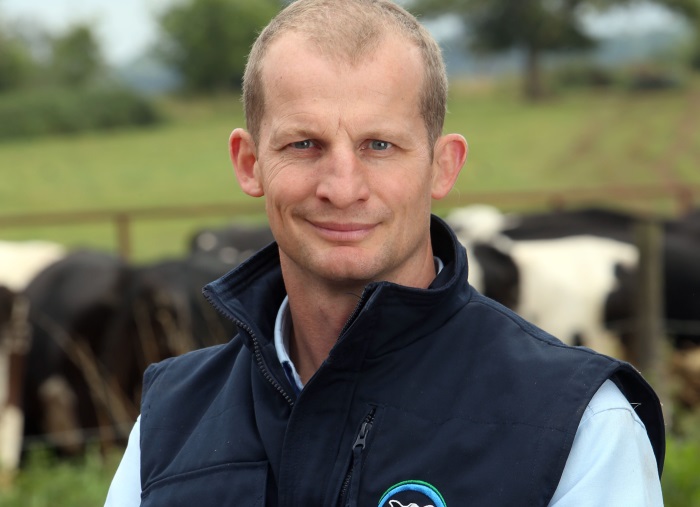As farmers prepare to house their cows for the winter months, now is the perfect time to review lameness protocols to incorporate the latest research findings into practice.
“Winter housing is a high risk period for lameness, so it’s the ideal time to review your lameness plans with your vet and foot trimmer,” says Jon Reader, RCVS recognised specialist in cattle health and production.
“If you get lameness under control before housing, you’ll see the benefits throughout the winter period.”
Jon believes that all farms should assess footbathing protocols before housing.
“For effective results, regular footbathing is essential, and needs to be carried out five to seven times a week.”
Digital Dermatitis is highly infectious and is rarely eradicated. “So, it’s important to monitor the types of lesions in the herd,” he adds.
“M2 lesions are the acute lesions that cause most pain and problems and need to be individually treated. Whereas, M4 lesions are those that are healing and these should be managed using good footbathing to ensure they stay in this ‘dormant’ state and do not revert to being an M2.
“Secondary infection due to slurry and the effects of housing will trigger new bouts of dermatitis so it’s important to start footbathing well in advance of housing,” explains Jon.
Alongside effective regular management practices, monitoring and knowing the lameness status of the herd, not just the visibly lame cows, is vital if farmers want to reduce the incidence rates over time.
Research from Nottingham University has proven that early effective treatment of claw horn lesions can significantly improve recovery rates, and reduce the risk of cows becoming lame again in the future. “It’s the reoccurring cases which are a major issue on-farm, so if you can stop these you’ll reduce the number of overtly lame cows.”
The research also showed that body condition at calving has an effect on lameness risk in early lactation, with Jon saying that this should be used alongside mobility scoring as a way of monitoring cows, and identifying any who are at risk of becoming lame.
“The research shows that cows at the ideal condition of BCS 3 at calving, are less likely to become lame, and if they do become lame the recovery rate is better. Accurate and regular mobility scoring can identify those cows which are mobility score 2 that require early treatment, so that they don’t become a score 3 cow, that’s prone to having reoccurring problems,” he adds.
“Staff training is vital, so that farmers can correctly BCS and are accurate in their mobility scoring. You should have at least one person on-farm who has been trained to score, and record the data for future monitoring and benchmarking.
“Every farm should also have an on-farm first aider who can effectively treat early cases of lameness immediately,” he adds.
In addition to this, the use of apps such as BCS Cowdition by Bayer Animal Health allows farmers to accurately BCS and record the data so it can be shared with the vet and others on-farm, so that an effective treatment and monitoring plan can be implemented.
Alongside early identification, prompt treatment is needed explains Jon, with advice now being to incorporate the use of the non-steroidal anti-inflammatory drug (NSAID) ketoprofen.
“The use of ketoprofen in lame cows has been proven to significantly increase the likelihood of them being non-lame five weeks later when treated alongside a foot trim and a block. I always recommend this comprehensive approach including ketoprofen as the most effective course of treatment,” adds Jon.
“As the cows are in and can be monitored on a daily basis, the winter housing period is the perfect time to get on top of lameness ready for next year.”


